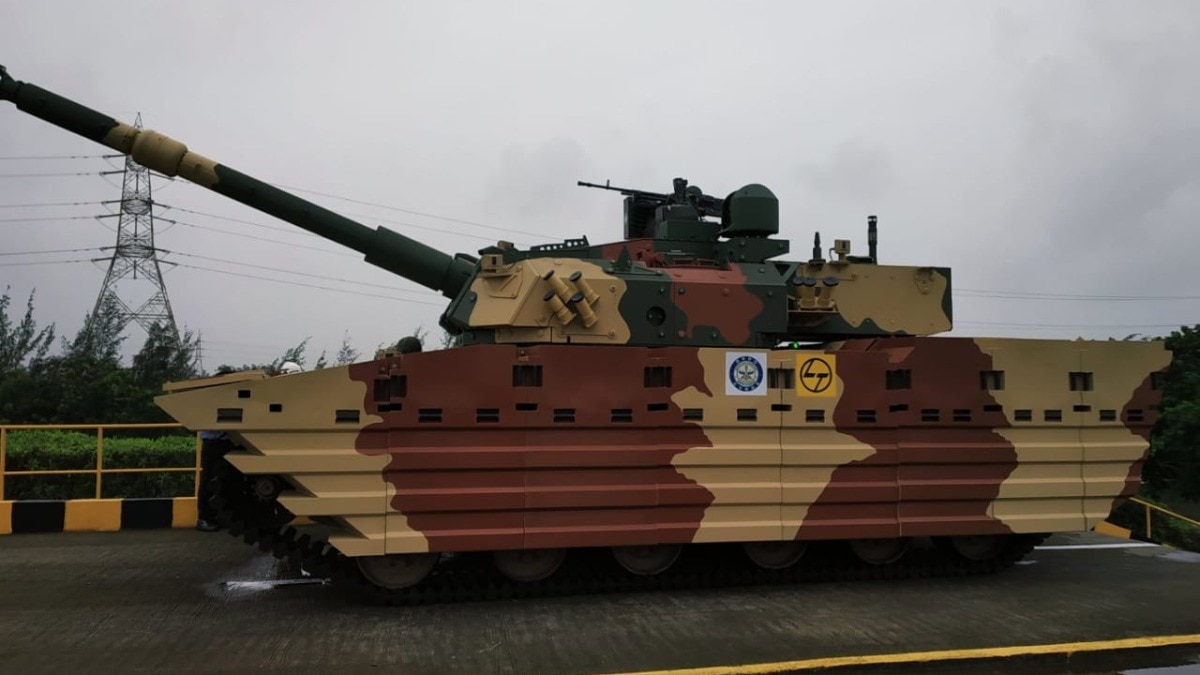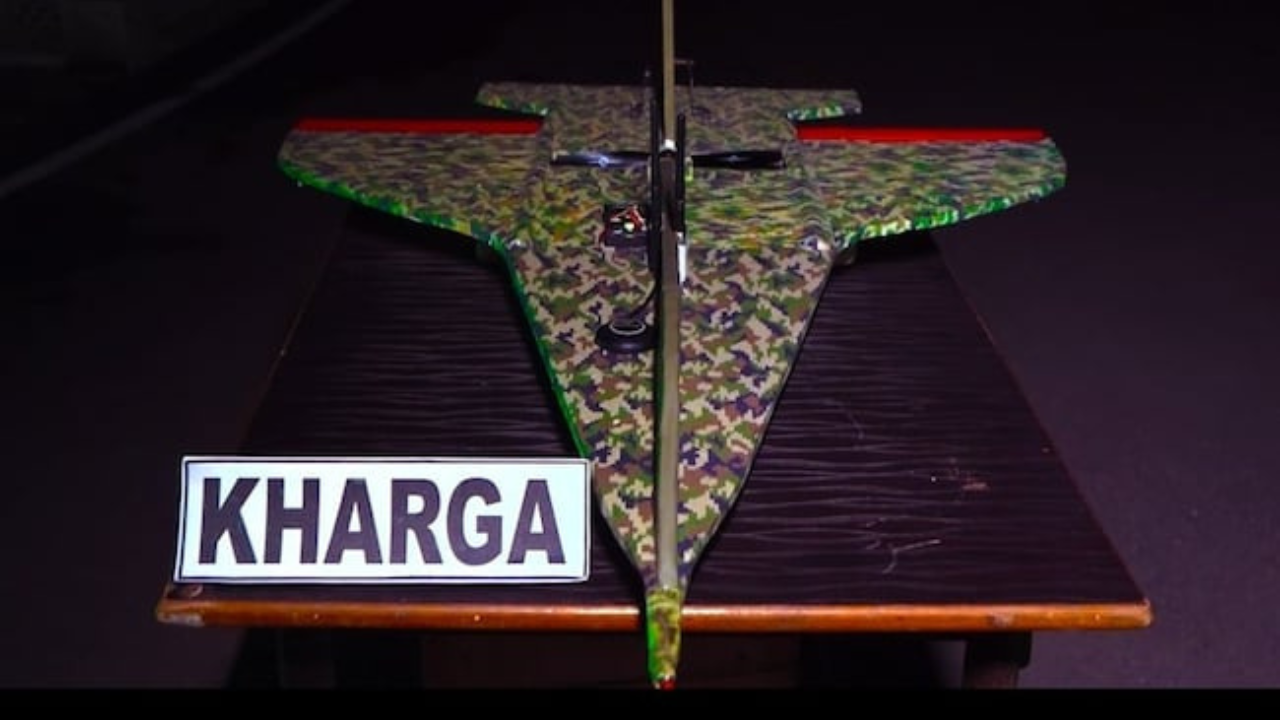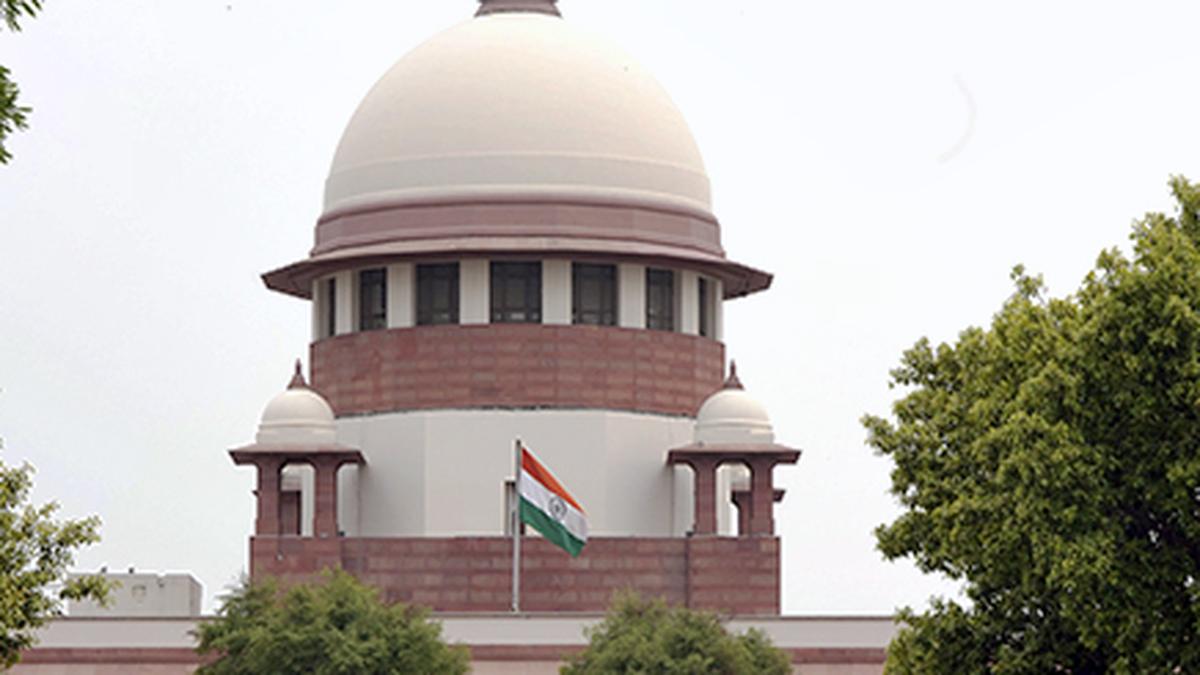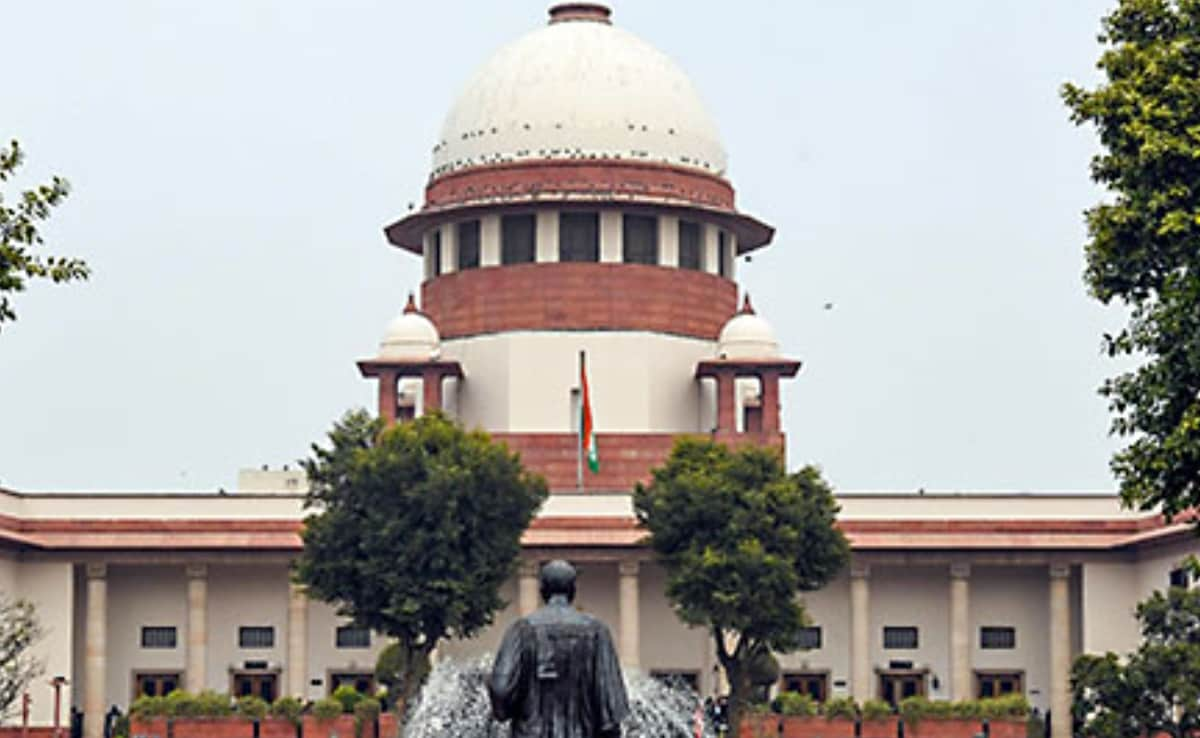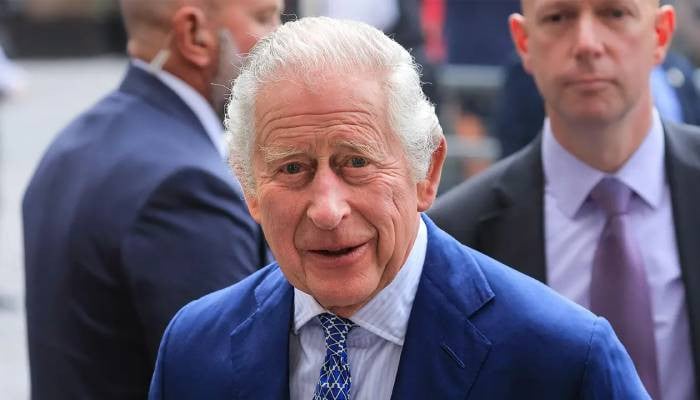Trials for Indigenous Zorawar Light Tank Underway in Ladakh Ahead of User Deployment
Trials for the indigenous Zorawar light tank are currently taking place in the challenging high-altitude terrain of Ladakh, with successful…
Indian Army Develops ‘Kharga’ Kamikaze Drone for Intelligence and Surveillance at Rs 30,000 Each
The Indian Army has made significant strides in enhancing its aerial capabilities with the development of the 'Kharga,' a kamikaze…
Supreme Court Grants Permanent Commission to Woman Army Officer Wrongly Excluded from Consideration
In a landmark ruling, the Supreme Court of India has granted permanent commission to a woman Army officer with an…
Supreme Court Orders Permanent Commission for Woman Officer in Army Dental Corps, Citing Equality Principles
In a significant ruling, the Supreme Court has instructed the Union government to grant permanent commission to a woman officer…
King Charles Honors 103-Year-Old Indian Army Veteran with MBE
In a heartfelt ceremony at Windsor Castle, King Charles has awarded the prestigious Member of the Order of the British…
IAF’s ‘Super’ Sukhoi-30 Set for Major Upgrade Post Israeli Missile Incident
The Indian Air Force (IAF) is set to enhance its capabilities with a significant upgrade to its fleet of Sukhoi-30…

